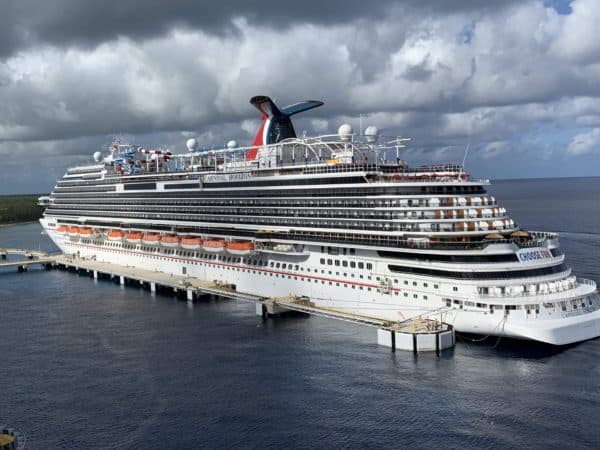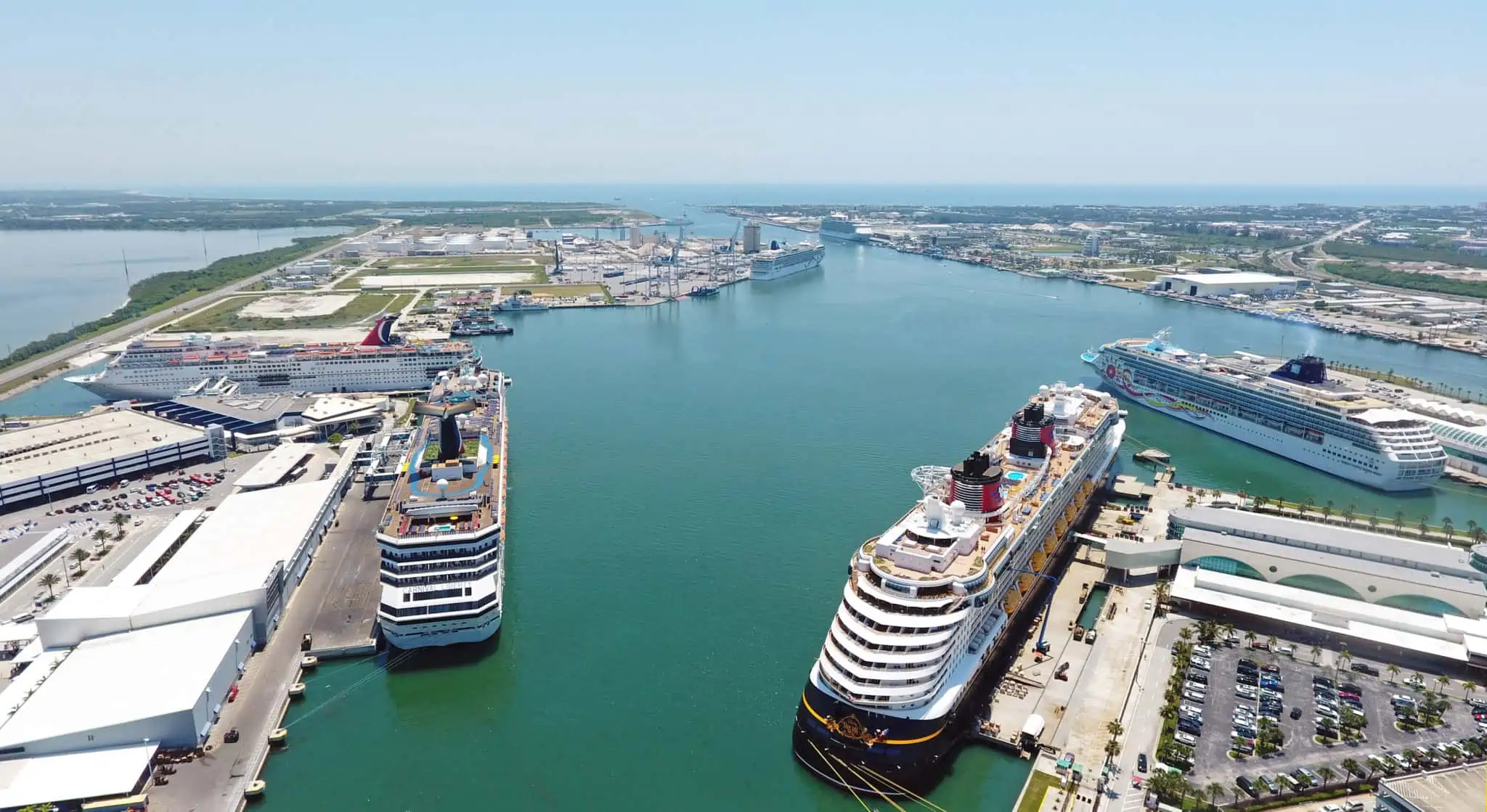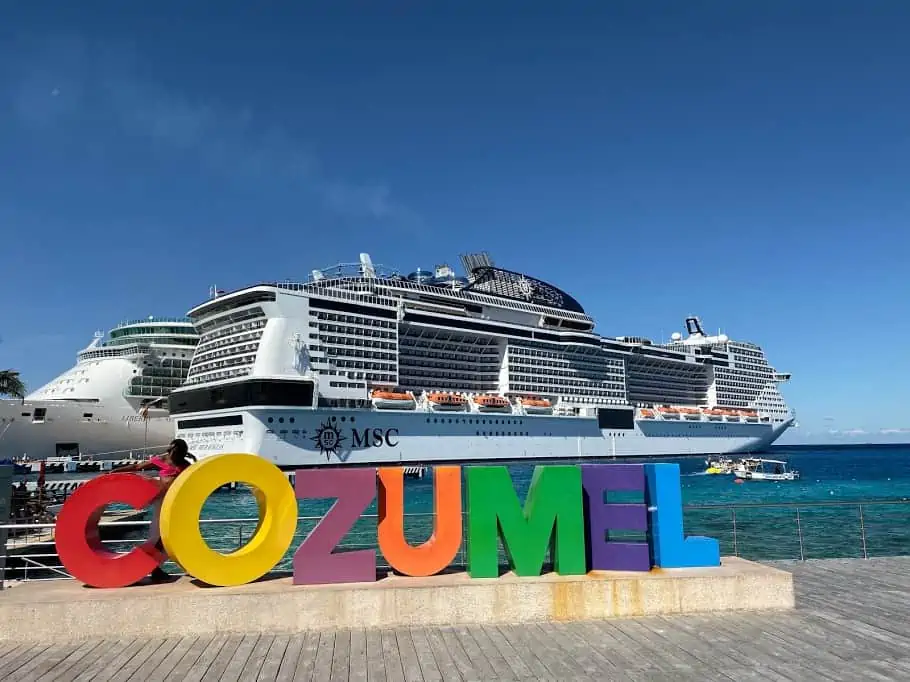The members of Cruise Lines International Association (CLIA), which represent 95% of global ocean-going cruise capacity, have announced they will maintain the ongoing voluntary suspension of cruise operations in the US through December 31, 2020.

Thirteen US cruise lines canceled planned voyages through the end of the year yesterday, and CLIA says members will use the final two months of 2020 to prepare for a phased-in relaunch.
“As we continue to plan for a gradual and highly-controlled return of cruise operations in the U.S., CLIA members are committed to implementing stringent measures to address safety, including 100% testing of passengers and crew, expanded onboard medical capabilities, and trial sailings, among many others,” CLIA stated in a press release.
“We share a common goal with the U.S. Centers for Disease Control and Prevention (CDC) to protect public health, which has been affirmed and reaffirmed consistently throughout the industry’s response to the global pandemic,” CLIA added.
Last Friday, the CDC lifted its “no sail” order on US cruise ships and set out a detailed framework for how cruising could restart. The 40-page document is daunting, but CLIA says its members are ready to take on the challenge.
“In the nearly eight months that cruise operations in the U.S. have been suspended, CLIA members have been diligent in the planning and development of rigorous protocols in the interest of the health and safety of passengers, crew and the communities cruise lines serve,” CLIA said.
Explained: ‘Conditional Sail’ Order for Cruise Ships
“The public health protocols that CLIA members have agreed to adopt have been informed by the recommendations of world-class experts in public health and science, as well as the experiences of CLIA member lines who have resumed sailing in Europe and other parts of the world with approval from local and regional governments.”
The news comes not a moment too soon for a beleaguered industry that has been essentially shut down since March. CLIA estimates that 421,000 Americans depend directly on cruising for their livelihoods.

“Each day without cruise operations in the U.S. results in nearly 1,000 American jobs lost,” says CLIA. “From mid-March through today, it is estimated that the suspension of cruise operations has resulted in a loss of more than $25 billion in economic activity and over 164,000 American jobs.”
The American Society of Travel Advisors also commented on last week’s CDC decision, calling it “a welcome development and a key milestone in the restart of the travel industry,” one that ASTA has been pushing for at least six months.”
Until now, there was still some hope that cruising would return in a limited form before the end of the year. That was dashed yesterday when Carnival Corp. joined its industry competitors including Royal Caribbean and Disney Cruise Line in announcing it would not sail in December 2020 and will instead shift focus to 2021.
READ: Carnival Cancels Remainder of 2020 Sailings
“As we move towards the resumption of our cruise operations, we have made the decision to cancel the six ships that had remained in our schedule for December 2020 from Miami and Port Canaveral,” Carnival said in a statement.
“We continue to carefully evaluate the Framework for Resuming Cruise Ship Operations Order issued on October 30 by the CDC. As we complete our analysis and a plan to comply with the CDC’s directive, we will update guests about deployment and scheduling plans for our fleet and homeports. We appreciate the support of our guests, travel advisor partners, and local officials in homeports and destinations.”
What’s Next For The Cruise Industry?

Under the new CDC order, cruise lines will have to make a number of changes before they return to sailing. That includes testing and additional safeguards for crew members, along with the installation of onboard facilities to test passengers.
READ: The First Cruise Ships Allowed Back and Who Will Be Allowed to Sail
The CDC is also requiring that all lines intending to sail out of US ports conduct simulated voyages based on meeting all of its restart requirements. The goal is to thoroughly test and evaluate health, safety and outbreak protocols before revenue passengers are allowed onboard.
These trial cruises will carry consenting “passengers” — likely crew members in many cases. All aspects of the cruise experience will be tested, from terminal arrival to shore excursions, what happens in the event of a sick passenger to how passengers debark and head home.

![Carnival Vista Caribbean Review 2024 + Cruise News [Podcast]](https://cruiseradio.net/wp-content/uploads/2024/04/Carnival_Vista_082-300x200.jpg)





